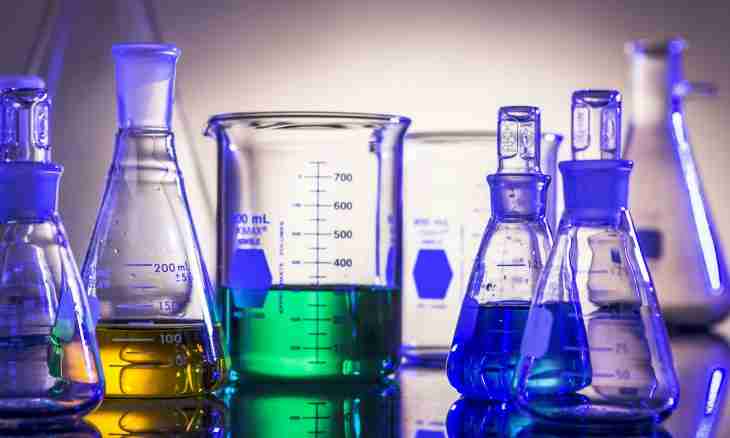What is the equation of chemical reaction and how it should be solved? It is the record made by means of chemical symbols. It shows what substances reacted and what substances were formed as a result of its course. The equation of chemical reaction, like the mathematical equation, consists of the left and right part divided by an equal-sign. The substances which are in the left part carry the name "initial", and those which in the right part – "reaction products".
Instruction
1. The solution of the equation of chemical reaction consists in its correct writing. For this purpose correctly and without mistakes write formulas of all chemicals and connections participating in chemical reaction.
2. Make sure that reaction in general is possible as course of some chemical reactions contradicts the physical and chemical nature of substances. For example, gold does not react neither with salt, nor from nitric acids. Therefore it is useless to write down, for example, such equation: Au + 6HNO3 = Au(NO3)3 + 3NO2 + 3H2O. Despite correctly used symbols and correctly placed coefficients, this reaction will not go. And here with mix of these acids – "royal vodka" - gold reacts.
3. Remember that the chemical equation – not mathematical! In it it is impossible to interchange the position of the left and right part! As the meaning of the equation showing what substances undergo changes in the structure and what substances turn out as a result will absolutely be distorted.
4. For example, BaCl2 equation + K2SO4 = BaSO4 + 2KCl describes really possible and easily proceeding reaction as a result of which almost insoluble substance – barium sulfate is formed. The return record – BaSO4 + 2KCl = + K2SO4 - is senseless BaCl2, such reaction will not go.
5. Remember that the amount of atoms of any element in the left and right member of equation has to coincide! Make "equalizing" by the correct selection and arrangement of coefficients.
6. Thus, having correctly written down the equation of chemical reaction, you solve any objective concerning this concrete equation. For example: what amount of sulfate of barium will turn out at reaction of 10 grams of barium chloride a lot of sulfate of potassium (see the equation above)? Decision: the molar mass of a molecule of chloride of barium – 208, the molar mass of a molecule of sulfate of barium – 233. Considering that all chloride barium reacted (time sulfate of potassium was taken much!), a proportion solution, receive: 233*10 / 208 = 11.2 grams. From 10 grams of chloride of barium 11.2 grams of sulfate of barium turned out.

